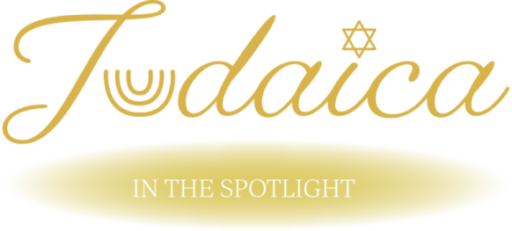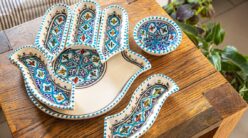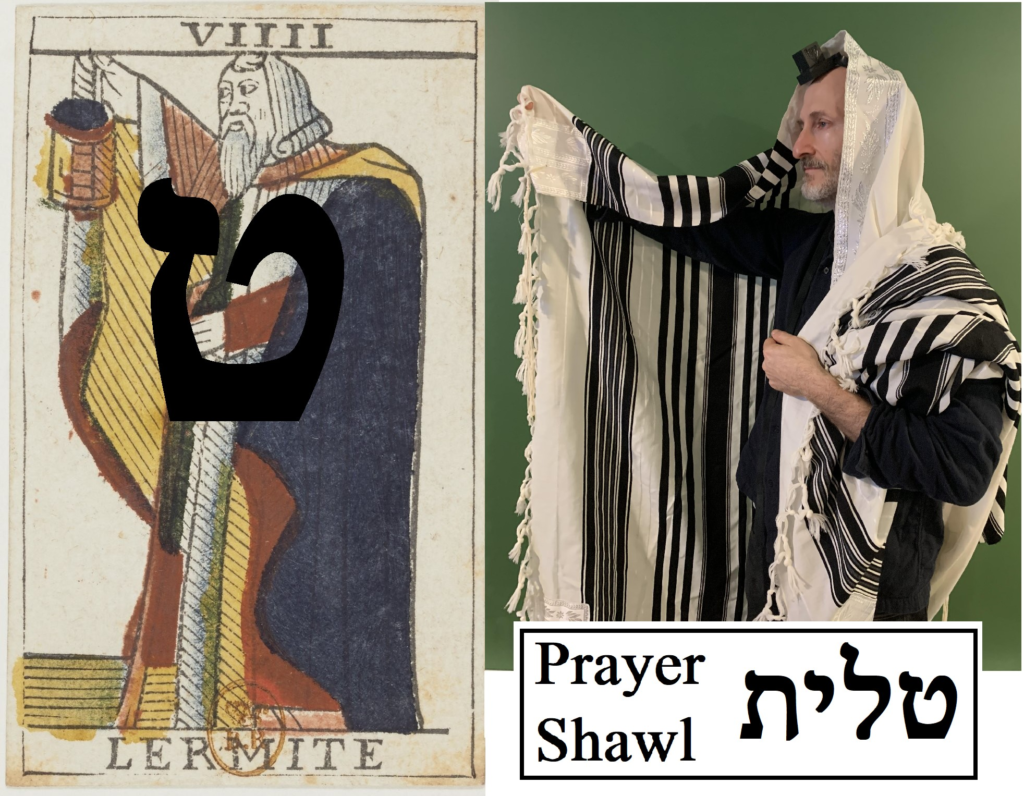
Photo: Courtesy of Stav Appel
Please, tell us a little bit about yourself and your background.
I’m a very ordinary American Jew from New York but spent many of my formative years in Israel. By profession I work as a Data Scientist, but Torah study has always been an important part of my life. Most of my Hebrew is from the ten years I resided in Israel, but I also studied Biblical Hebrew at the Yale Divinity School while I was pursuing my MBA at the Yale School of Management.
What inspired you to start researching Tarot history? Can you tell us more about the use of Tarot cards in Judaism?
Several years ago, by chance, I stumbled upon a reproduction of an antique set of Tarot cards from 17th century France known as ‘The Tarot de Marseille’ which is the artistic ancestor of contemporary Tarot cards. I developed an odd fascination with these cards which eventually evolved into a full-blown obsession.
One aspect of the Tarot de Marseille that captured my curiosity is that it contains visual references to Bible stories. I was surprised when I discovered that no one had ever written about the Biblical content of the original Tarot de Marseille, so I began to catalogue all the references that I recognized. In methodically going through the cards one at a time, I realized that many of the Biblical references assumed the viewer was conversant in Hebrew, and the reason I was seeing them was due to my years of Torah study. Eventually it dawned on me that I was not just finding Bible stories but also Hebrew letters, Judaic ritual objects and Jewish holy days. In short, I discovered that someone, an artist 400 years ago, had hidden Judaism – the Torah – in the Tarot.
Why? Why would an artist be motivated to hide Judaism in a deck of playing cards? The simplest explanation is that in 1650 France, the approximate year when the oldest known version of the Tarot de Marseille was created, Judaism had been entirely illegal In France for over 200 years. Given the depth and breadth of Judaica hidden in the cards, I can only surmise that the original Tarot de Marseille was designed to be a tool for clandestine Jewish education, or it may possible have been a Jewish prayer book designed to elude the prying eyes of the Vatican’s Holy Office of the Inquisition.
Of course, this realization is entirely counter to any and all contemporary understandings of Tarot history. But if you systematically go through the cards with a Judaic frame of reference this conclusion is unavoidable and explains many Tarot mysteries. It is not a coincidence that the Tarot has 22 primary picture cards, a reflection of the 22 letters of the Hebrew Alphabet. Likewise, it is not a coincidence that the word ‘Tarot’ has an odd similarity to the word ‘Torah.’ In the Tarot de Marseille an amazing story of Jewish resilience has been hiding in plain sight for centuries.
What fascinates you the most about The Jean Noblet Tarot de Marseille Tarot deck?
The Jean Noblet Tarot de Marseille, the oldest known version of the Tarot de Marseille, is a true work of artistic genius. I am in total awe as to the scope of Judaica the artists managed to hide within just 22 cards. If one slowly works through the Noblet Tarot and fully understands the meaning of every aspect of its design, you will receive a solid introductory Jewish education. Given the depth of its content I believe it was methodically created by a group of artists and scholars who labored for many years to perfect its images.
Equally fascinating and shocking is how the misinterpretation of its images directly led to the creation of the Occult Qabbalah and the use of Tarot cards in contemporary fortune telling. The entire history of Tarot is one long game of broken telephone.
Would you mind sharing your favourite Tarot card with our readers and explain the Torah symbolism we can find in it?
One of my favourite cards is the Hanged Man because the Judaic content is brazenly obvious but yet has somehow been entirely unrecognized for centuries. The 12th card depicts a man being hung upside down from a cut tree limb, and on either side of him we can see a total of ten cut branch stumps. The Hanged Man is oddly smiling, and he has 14 buttons on his coat. For centuries people have written all sorts of explanatory theories regarding the original identity of the Hanged Man, but to Jewish eyes it’s not a deep mystery. The Hanged Man is Haman. Purim, held on the 14th day of the 12th month, is remembered as the day that was turned over from one of grief to joy, explaining why the Hanged Man is upside down and happy… he is celebrating Purim! The ten cut branches represent Haman’s ten sons who suffered the same fate for their family’s plot to slaughter the Jews of Persia. In the card you can see how the artist modelled the pose of the Hanged Man to conceal the Hebrew letter lamed, the 12th letter of the Hebrew Alphabet. Amazingly, all of the cards of the Noblet Tarot are as readily and openly Judaic as this one, if you know to examine them through a Judaic frame of reference. Once you know their core secret, that the Tarot is a disguised Torah, their hidden meaning is revealed.
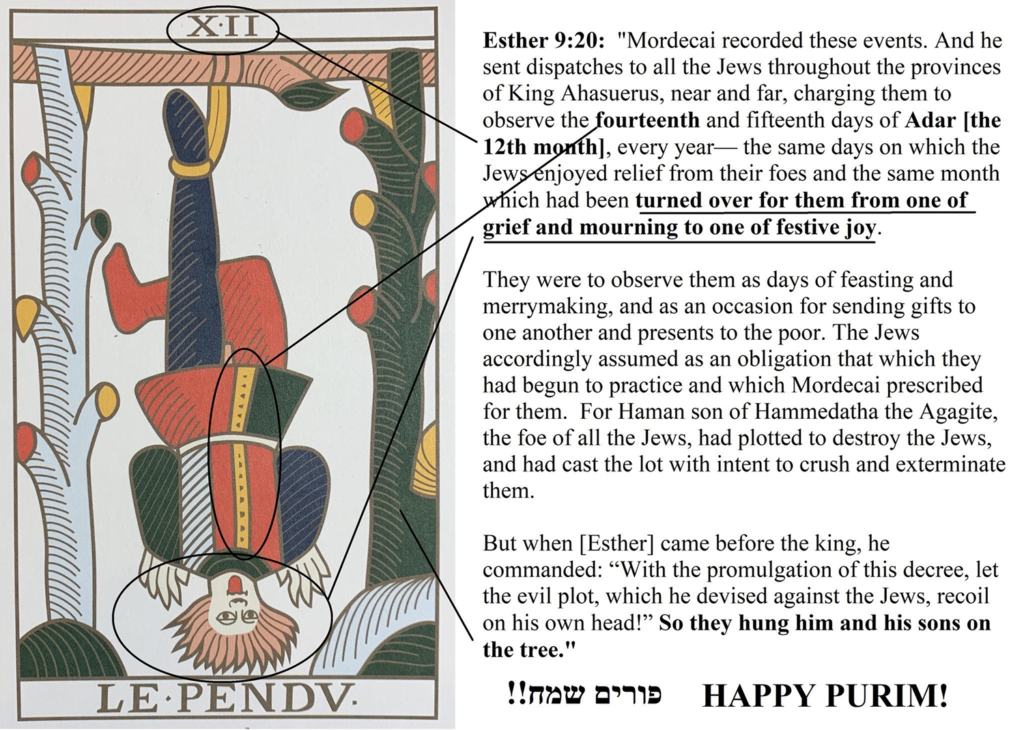
Photo: Courtesy of Stav Appel
What do you want to achieve with your work and what are your wishes for the future?
I feel a tremendous spiritual obligation to the artists of the Jean Noblet Tarot de Marseille to share their forgotten story. They were Jews of faith who developed an extraordinarily creative tool to preserve the wisdom of their ancestors during one of the darkest eras of Jewish history. They literally risked their lives for their creation. My greatest wish is for others to recognize the Judaic content of the Noblet Tarot and for academics to pick up this topic for more rigorous study. Towards this end I self-published a reproduction of the Noblet Tarot with a basic Judaic commentary, I post frequently on my Instagram account @Torah.Tarot, I have been speaking at Synagogues, and I eagerly tell my story to anyone willing to listen.
It is both entertaining and challenging that many, when they first hear my theory, assume that I am suffering from an over-active imagination or even a mental illness. Most scepticism is rightfully rooted in the reasonable assumption that if this was true it should have been discovered a long time ago. However, I also encounter antagonism from members of the Tarot community who are attached to a different narrative. Right now, I am happy to take on the role of the fool as I am extremely confident that eventually enough people will see what I do.
Where can our readers find out more about your work?
One can purchase a copy of my Noble reproduction, along with a basic introductory commentary at www.TorahTarot.com.
Those in Europe can purchase it at https://tarotbg.eu/en/self-published-decks/540-the-torah-in-the-tarot.html.
I post regularly at https://www.instagram.com/torah.tarot/.
A recent blog post on an upcoming AR presentation of the Torah in the Tarot: https://www.jewishboston.com/read/art-dvar-passover/
And here are a couple of YouTube videos of talks I have given:
Note I also frequently speak at synagogues and temples, so please feel free to reach out to me if you are seeking a very fun and interactive and entirely free adult education program. My ambition is to share the secret of the Torah in the Tarot with anyone who is willing to listen.
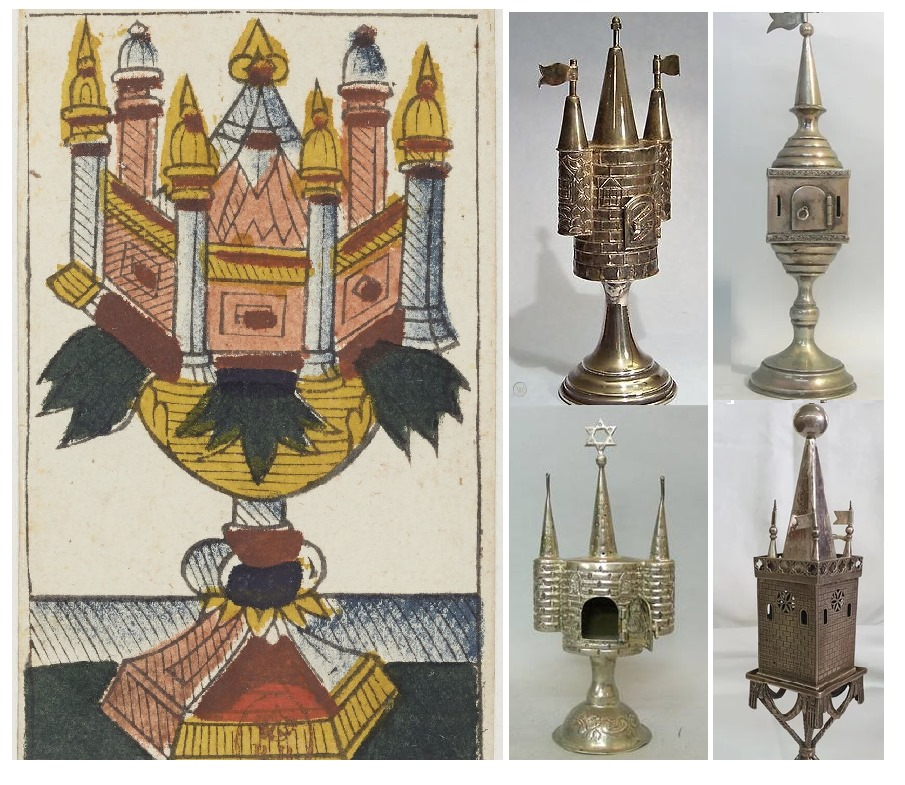
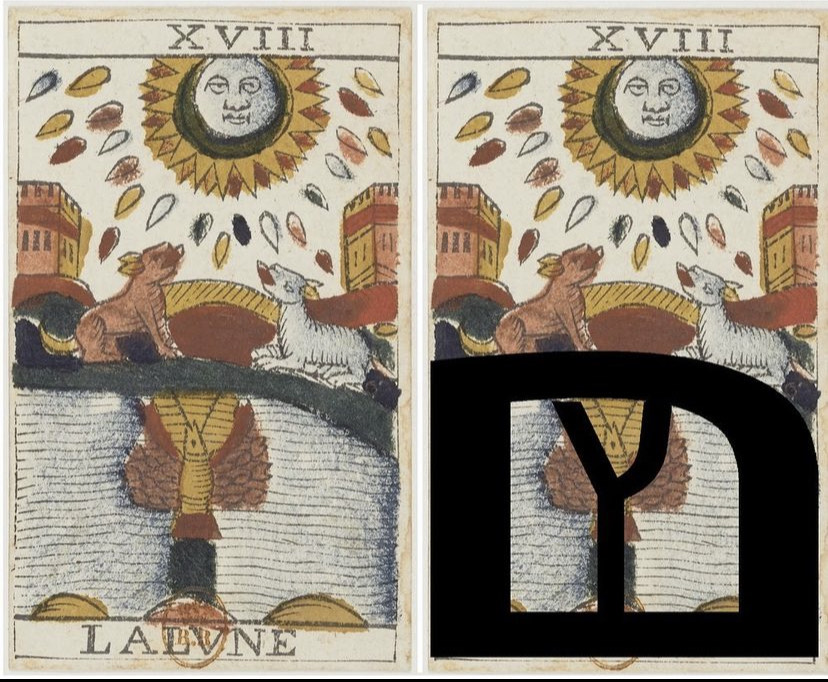
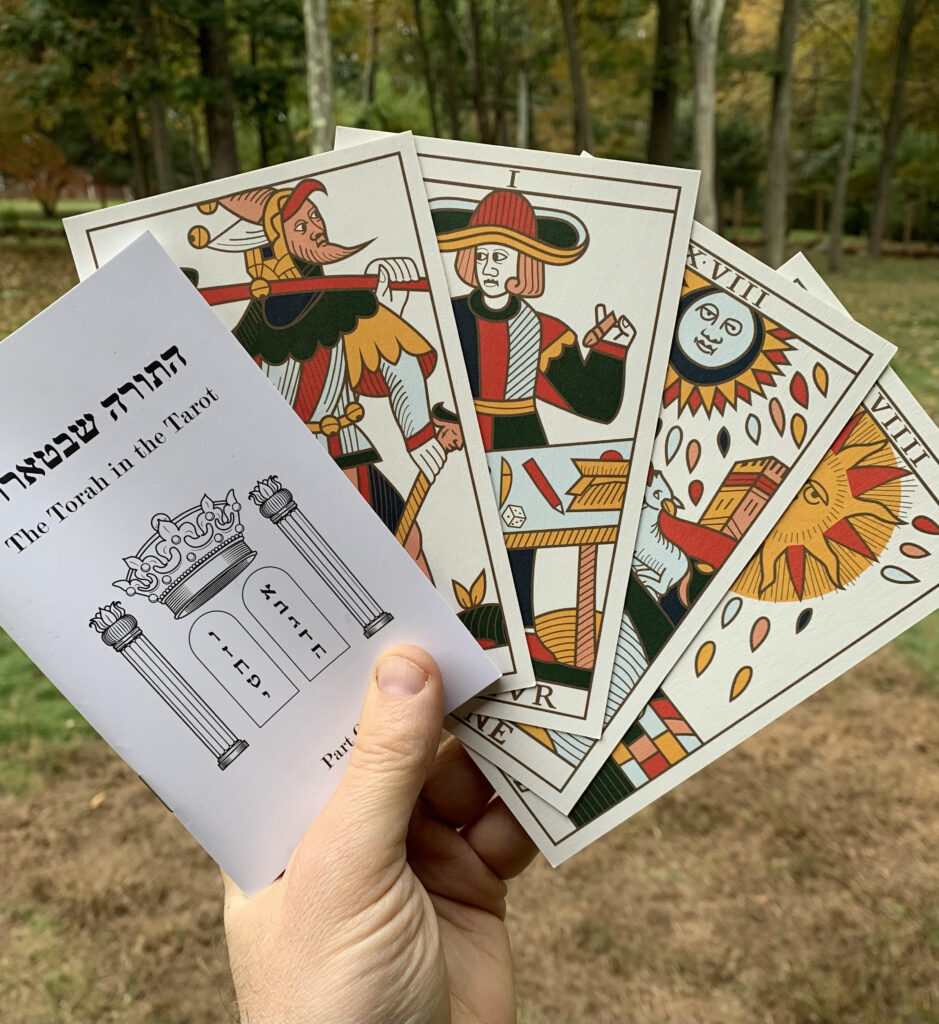
Photos: Courtesy of Stav Appel
